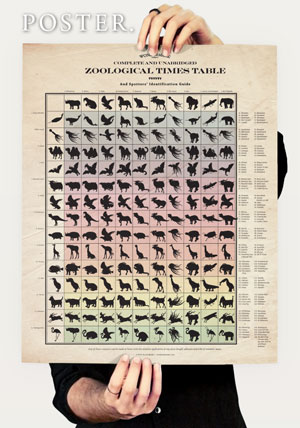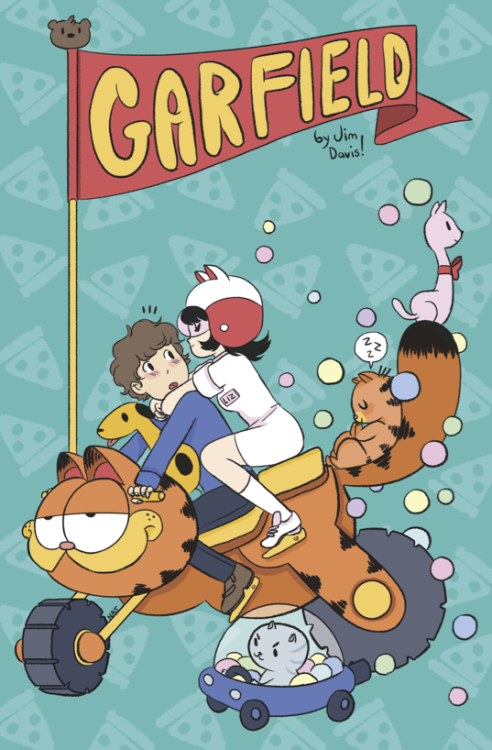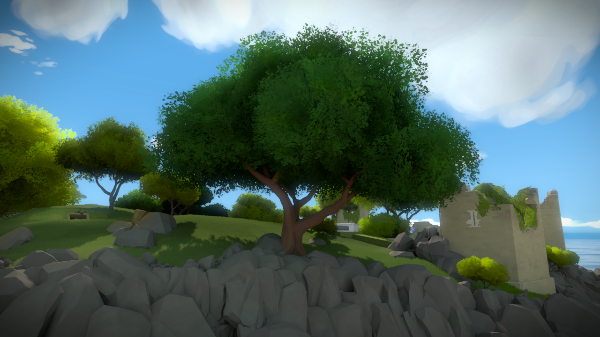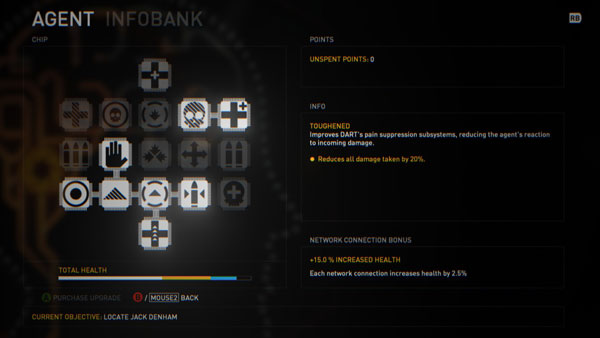
By Emma Young
While some of us crumble in the face of adversity, and struggle to recover, others quickly bounce back from even serious trauma. Psychological resilience is undeniably important in all kinds of areas of life, so understanding what underpins it, and how to train it – particularly in children — is of intense interest to psychologists.
1. Watch your language
According to Carol Dweck of growth mindset fame, to drive success in our children we should “praise the effort that led to the outcome or learning progress; tie the praise to it,” as opposed to praising effort more broadly, or achievement alone. Research led by Victoria Sisk and published in Psychological Science last year did challenge the idea that encouraging children to have a growth mindset (to believe that effort affects attributes like intelligence) increases academic achievement. However, there are certainly studies finding that focusing on a child’s actions, rather than who they “are”, helps them to withstand setbacks. As Emily Foster-Hanson and her fellow researchers at New York University note in a study also published last year, in Child Development: “Setbacks and difficulties are common features of children’s experience throughout development and into adulthood,” so it’s important to examine the effects of category labelling — like “being smart” or “being a helper”.
The team’s study of four- and five-year-old visitors to the Children’s Museum of Manhattan found that setbacks were more detrimental to a child labelled “a helper” than a child asked “to help”. Children asked “to help” with tasks in which they were set up to fail (by being asked to put away a toy truck that fell apart as soon as they picked it up, for example) were more likely to go on to volunteer to help with other demanding situations. In contrast, the “helper” kids tended to avoid these and opt instead for low-effort tasks with a high chance of success, like putting away some crayons. Perhaps these kids were taking advantage of a quick, virtually-guaranteed way to restore a little of their dented “helper” image — one they weren’t about to risk even further by going for a challenging task. So, if you do want your kids to weather inevitable setbacks, resist asking them to “be” anything, like “my helper”.
2. Engage in “strength-based parenting”
“Strength-based parenting” entails deliberately identifying and cultivating positive states, processes and qualities in a child, explains Lea Waters at the University of Melbourne, Australia. “This style of parenting adds a ‘positive filter’ to the way a child reacts to stress. It also limits the likelihood of children using avoidance or aggressive coping responses,” she says.
In 2015, Waters and her colleagues published a preliminary study in the journal Psychology that explored strength-based coping in a group of Australian primary school-age children. The team presented the kids with a few theoretical stressful scenarios — falling out with a friend over turns on a swing, and being the only one in class who hadn’t done a homework project that was due in the next day — and asked them to describe how they would respond. The children who came up with “positive” responses (like taking deep breaths to help them to cope with the homework challenge, and reminding themselves of happy times with the friend, or “using their kindness” and deciding to let the other child have more turns on the swing), and who indicated that their parents were aware of their strengths, and encouraged them to use them, also experienced less stress themselves.
In 2017, Waters and her team reported that training in strength-based parenting could help parents, too. Parents who were taught how to identify and cultivate strengths in themselves and their children went on to feel more positively about their children and reported greater confidence in their ability to raise them successfully. Then in 2019, the team reported a link between strength-based coping and enhanced academic perseverance in adolescents. This work suggests that a “strength-based” approach may help with resilience to setbacks at school.
To try a strength-based approach with a child, the team recommends consciously identifying and fostering their abilities, talents and skills, and encouraging them to use them when faced with difficulties.
3. Don’t shield them from stress
Dennis Charney, a biological psychiatrist at the Icahn School of Medicine at Mt Sinai, New York, has studied all kinds of people who’ve been through traumatic experiences — from being a prisoner of war to suffering assault, or natural disaster — and identified factors that explain why some people bounce back, while others don’t. (His 2012 book, Resilience, jointly-authored with Steven Southwick at Yale University, explains the findings in full. There’s also a podcast based on the book.)
Being the kind of person who embraces tough challenges, rather than trying to avoid them, emerged as a key factor. To develop this, Charney recommends giving kids challenges that they can just about manage, and once they have achieved them, raising the bar a little each time. With his own five kids, he’d take them on long hikes, for instance, and get them just a little lost. During one of these trips, he recalls, one of his daughters told him that “out of her soul, she despised me”. (Now an adult, she willingly goes off hiking herself). Exposing kids to controlled stressful experiences allows them to develop a “psychological toolkit” of coping methods to draw upon in adulthood too, Charney maintains.
4. Teach self-regulation skills
Explicitly teaching kids ways to regulate their responses to adversity builds resilience, helping them to do well in school and in life. This is the message from a 2017 study, published in Frontiers in Psychology, of 365 Spanish children and young adults, aged 15-21, all of whom struggled academically.
In research conducted for her 2014 PhD thesis, Raquel Artuch-Garde at the International University of La Rioja found that self-regulation and resilience are key factors that can determine academic success or failure. For the more recent study, she and her colleagues gave the participants a resilience scale (which asked about their perceptions of support and their ability to tolerate negative situations) and a self-regulation questionnaire (which explored their ability to make and stick to goals and to persevere at a task). They found a clear relationship between scores on both. Participants who were better able to learn from mistakes — which was considered to be a crucial aspect of self-regulation — had a greater tolerance for negative situations; in other words, they demonstrated greater resilience.
Self-regulation involves analysing and setting specific task-related goals, monitoring and evaluating your performance, managing your emotions throughout, and learning from whatever went wrong. The recent study suggests that teaching children these kinds of skills could help with resilience, too. “The research shows the relationship between two essential non-cognitive skills: resilience and self-regulation, that are equally or even more important than cognitive aspects in the educational process of students at risk of social exclusion,” Artuch-Garde says.
5. Focus on “quantity time” and group activities
In 1998, Iceland launched a national initiative with the aim of slashing alcohol and drug use among teens. But the way the programme was set up meant that it did not only this, but much more.
Through funded sport, art and music classes, teenagers were given alternative ways to feel good. Among new measures targeted at adults, parents were encouraged to spend more time with their kids (not just limited “quality time”) and to talk more to their children about their lives.
National questionnaires showed a huge adoption of both these strategies between 1997 and 2012 — and during the same period, Iceland went from having some of the worst statistics for teen alcohol and drug use in Europe to having the best. “This is the most remarkably intense and profound study of stress in the lives of teenagers that I have ever seen,” commented US-based consultant Harvey Milkman, in 2017. “I’m just so impressed by how well it is working.”
Towns and municipalities in many other countries have now adopted the model, and in 2019, Chile announced that it would roll out its own version of the Icelandic programme nationally.
The Icelandic initiative was not set up to “train resilience”, but in bringing families closer together and increasing access to sport and cultural activities, it is producing physically and psychologically healthier teenagers — kids who find it easier to resist drugs, and who should be better equipped to cope with challenges in their lives.
It couldn’t have happened, however, without the full backing of the government, local mayors, other public officials and schools. In other communities that are adopting the model, and that are seeing the benefits, local mayors and policy-makers have either instigated or come on board to drive similar programmes within their community. An individualistic focus on improving self-regulation, for example, in your own kids is one thing. But when everyone gets together to support all the teens within a community, or a country, the results can be remarkable.
Emma Young (@EmmaELYoung) is a staff writer at BPS Research Digest
The Psychologist has a collection of archive resources on resilence, including a new British Psychological Society briefing paper on the topic.






































